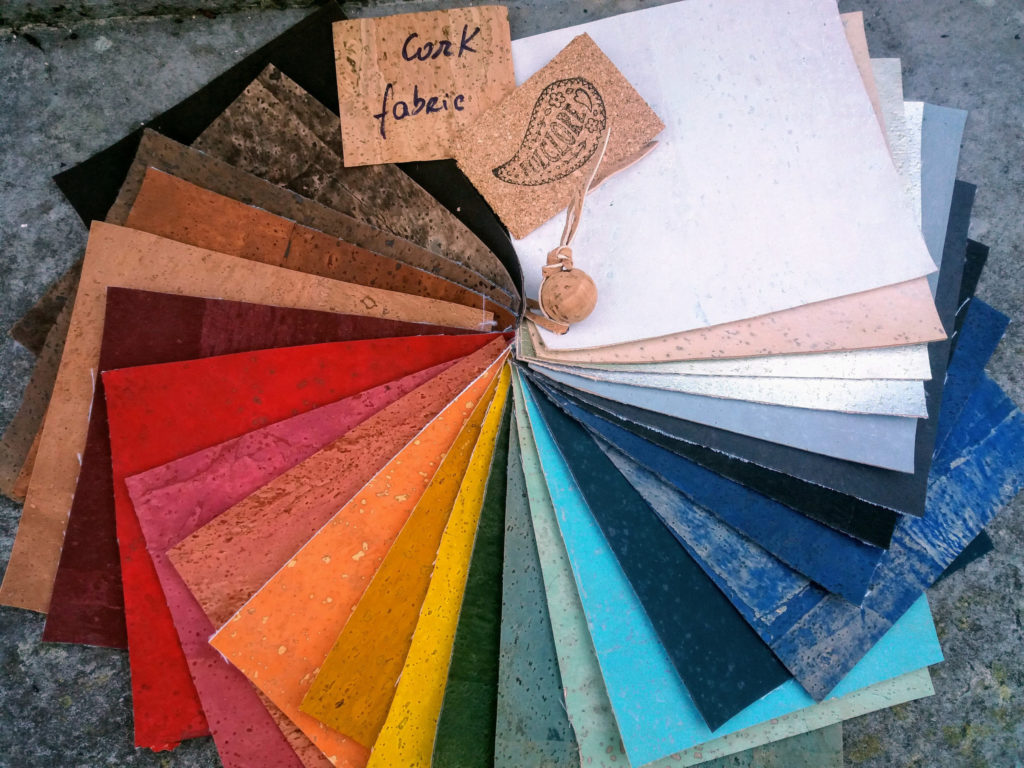Cork Fabric, also called “cork leather” is simply just cork manifaktured to leather. Some of the advantages of this so called cork leather are the lightness, water resistance, softness and quiet lasting a lifetime. Cork is 100% natural and vegan, most of its production is in Europe/Portugal. This is also where you canfind the most suppliers. Big Brands like Calvin Klein, Prada, Stella McCartney, Louboutin, Michael Kors, Gucci etc. work with this material. They mostly use it for handbags and shoes but the cork trend is getting bigger and many new products appear on the market.

Production process
First of all, you have to know that a cork tree takes 25 years to become big enough to be harvested. The cork oak, the so-called Quercus suber, grows mainly in Portugal, where it can grow up to 20 meters high. With approximately 2,200,000 hectares of cork forest worldwide (34% in Portugal and 27% in Spain), the annual production is about 200,000 tonnes.
From an age of 25 years, when the tree has a circumference of about 60 cm, the cork (bark) is deducted for the first time. After harvesting the cork, the tree usually needs several years to recreate the cork. Therefore, this process of harvesting is repeated only after every 9 years. With a lifetime of about 300 years already a considerable amount of cork. Basically, it can be said that the first two harvests are qualitatively weaker.
The workers who specialize in removing the cork are called extractors. When harvesting is done with a very sharp ax, a horizontal cut at a height of 2-3 times the tree circumference. Followed by several vertical cuts to remove the cork from the tree. With the ax cut, the extractor takes great care not to damage the underlying phellogen and thus the tree.

The boards are usually removed by hand, as cork forests are rarely accessible to vehicles. After harvesting the cork is stacked in the factory or the forest and allowed to dry traditionally. The cork gets air-dried for six months. After that it can be loaded onto a truck and transported to a processor. Once there, it gets cooked and steamed to make the fabric even more elastic. Heat and pressure are applied to the cork to press it into blocks that are later cut into thin slices that can be turned into a variety of wonderful cork leather accessories. In contrast to the heavy chemical processing of leather, the production of cork leather is 100% free of chemicals.
If one thinks of cork, one usually has the picture in mind, that this material easily crumbles or tears, but this is not the case with cork fabric. Through the manufacturing process, this material is extremely flexible, thin and of leather or fabric-like structure. In this condition, the cork fabric can be processed into various fashion accesuars. It behaves in the processing similar to leather and can thus be used many times.
Many manufacturers dye the cork fabric or print samples etc. onto the finished material and thus create unique designs.

Cork products
- Handbags
- Purses
- Wallets
- Watches
- Clothes
- Accessoires
- Furniture
- Yoga mats
- Shoes
- Wall covering

Is Cork fabric sustainable?
The cork industry is generally considered to be environmentally friendly and its production is considered to be generally sustainable, as the tree “only” bark is removed to harvest the cork. To make the harvest even more environmentally friendly, cork is only harnified from the beginning of May until the end of August, as the cork can be separated from the tree more easily and gently at this time.
When the aged tree is removed after 200 years of life, two new seedlings are planted in its place to ensure that the cork forest continues to thrive and expand. The cork oak also proliferates naturally by dropping acorns that sow themselves and mature into productive trees. The tree lives and grows. Furthermore, the cork products can be easily recycled due to natural production without chemicals.
Furthermore, in a study by Corticeira Amorim it was shown that with respect to the emission of greenhouse gases every artificial material releases 10 times more CO2.
Of course it is fundamentally sustainable if the tree reproduces the cork again every 9 years and lives up to 300 years. However, although the cork is gently cut from the trees, I see the harvest as quite a strain on the trees and quite a bit of intervention in nature. The tree needs 9-13 years to rebuild its protective layer, which protects it from drying out, fungus and insects, to then be harvested again.
Certainly cork is much more sustainable than animal leather, but there are other alternatives that are even more sustainable than cork. If a vegetable leather replaces animal leather to a very large extent, I see cork clearly behind Piñatex or wine leather.

By loading the video, you agree to YouTube's privacy policy.
Learn more
Sustainable alternatives
Here is a list of materials that are similar to cork leather (also plant derived) but a little more sustainable.
Piñatex
Piñatex is a vegetable leather alternative, consisting of cellulose fibers from pineapple leaves, PLA (polylactic acid) and resin.
Piñatex is created by fusing the long fibers of pineapple leaves into a nonwoven substrate. The pineapple industry produces 40,000 tonnes of pineapple waste worldwide every year, which is usually rotted or burned. However, these leaf fibers are recyceled and recycled to pineapple leather. From the waste of 480 leaves (16 pineapple plants) 1 square Pinatex can be made. In exchange for a fair payment, the leaf fibers are cut by pineapple farmers in the Philippines and exported to London after processing, which takes place 100% naturally. The leftover plant remains are then used as fertilizer. Furthermore, no chemicals, pesticides or heavy metals are used as in the production of animal leather.
Wine leather
Wine leather or grape leather produced by an Italian technology company (Vegea) consists of 100% vegetable resources.
Through an innovative production process, vegetable leather is produced from grape marc (shell, seeds and stems of the grape), which is recycled from the residues of the Italian wine industry. Through some patented procedure, bio-oil is extracted from the seeds, which is then further processed into leather by mixing with other materials.
It uses neither water nor oil, is 100% sustainable and uses no chemical elements. Furthermore, it feels extremely soft and has a similar structure to real leather.
However, as this project is still in the start-up phase, according to the manufacturer, the industrialization process of this material can be expected with 2022 . More than 560,000 euros have already been donated to this project, at this time.
Q&A
Here are some of the most frequently asked questions regarding cork leather.
What is cork?
Cork is a sustainable material extracted from the bark of the cork oak tree. It grows every 9-13 years and is thus fundamentally eco-friendly and sustainable. Until recently, cork was used for wine stubble, but in recent years procedures have been developed to process the cork to a leather-rich substance. This cork fabric has gained increasing attention in the fashion industry in recent years and more and more manufacturers are using this material because of its sustainable aspects.
Is cork from Portugal best?
As most cork in Portugal is imported and processed worldwide, it is obvious that the quality of the cork from Protugal is best. Basically, the only difference in quality is that the first two crops of each cork tree are rather bad.
Conclusion
In my opinion cork is a very good alternative for animal leather. Cork is a 100% sustainable and renewable natural resource. It also feels soft, is very light and very long-lasting. However I think, that there are far more sustainable materials thank cork fabric. Piñatex or wine leather for example.
Even if the cork is “gently” cut from the trees, I feel the harvest as a significant burden on the trees, as the cork protects the tree agains dehydration, fungus and insects.


